Smoothies and Teas for the Nervous System
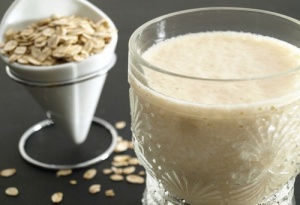

Reviewed and approved by the doctor Gilberto Adaulfo Sánchez Abreu
Many smoothies and teas can help you better control your nervous system or anxiety levels. As usual, the best way to avoid any health issues is to work on prevention. There are also lots of different ways you can try to prevent problems or deal with them once they’ve started.
For example, a good, balanced diet can help you improve your anxiety levels and turn bad habits into good ones. It’s also always important have a positive attitude: feeling good about life can work wonders in terms of making you feel good in general.
But today, we’re going to focus on some of the fruits, herbs, and vegetables that can help you heal faster. That way you won’t have to resort to drugs and all their warnings and side effects.
Specifically, we’re going to talk about fruits, herbs, and vegetables that you can turn into smoothies or teas to help your nervous system.
Read more:
Smoothies and teas for your nervous system
Fruits with vitamin B
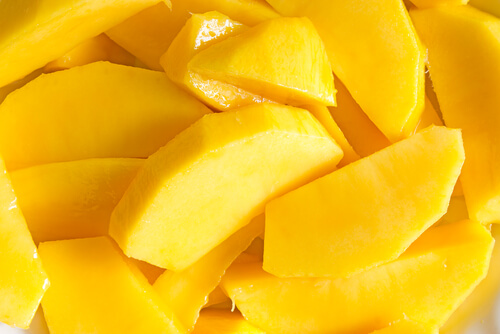
Lettuce and onion
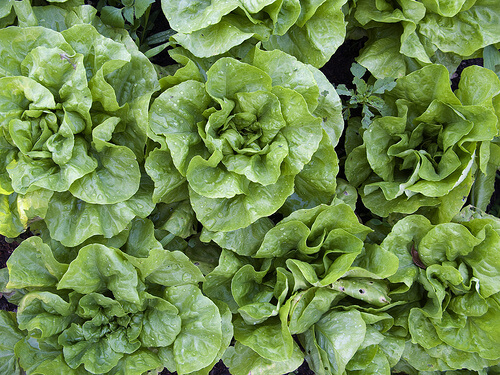
Lettuce has properties that make it one of the most relaxing, calming vegetables. For example, lettuce tea can be excellent for soothing altered states. Also, gently cooked onion has a great calming effect on the nervous and digestive system. Apart from that, it cleanses your whole gut from irritants that can directly affect your nervous system.
Rosemary tea
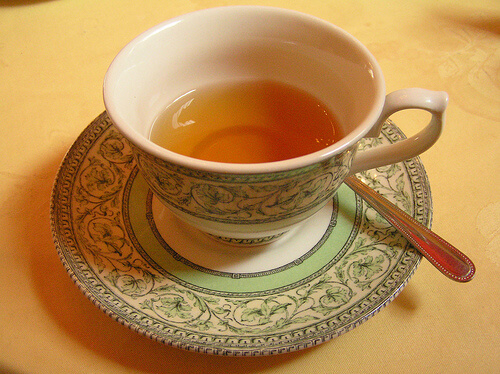
One of the best herbal infusions out there is rosemary tea. It’s easy to make:
- Boil a cup of water and add a teaspoon of rosemary to it.
- Let it stand for 5 minutes and add honey and lemon juice.
- It’s important to drink it while it’s hot, though you should obviously try to avoid burning your tongue.
Sage infusion
Another great herbal infusion is sage. Here’s how to make it:
- Boil a cup of water and add two tablespoons of sage.
- Cover the pot and let it sit about 5 minutes.
- Then you strain it and apply lemon juice and a teaspoon of honey.
- Drink it as hot as you can.
You might like:
Pear oatmeal smoothie
Pear juice with oatmeal is a superb blend to fight high levels of anxiety. Here’s how to make it:
- Put the pear through a juicer
- Make a peppermint infusion and let it cool.
- Once the infusion is cold, mix it with pear juice and oatmeal (it can be in liquid form).
- Then boil this mixture for 5 minutes on low heat and add honey.
- Let stand for 5 minutes and drink it warm.
Apple and walnut Smoothie
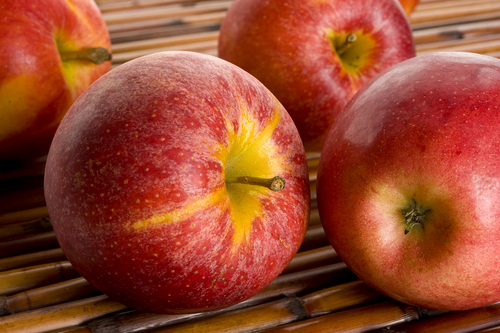
You can also mix apple juice with walnuts. It’s basically the same procedure as the pear and oatmeal smoothie.
- Put the apple in a juicer without removing the peel.
- Mix the juice with a glass of almond milk and nuts.
- Once you’ve finished making it, have this delicious drink right away.
Remember…
So, don’t hesitate to give any of these smoothies or teas a try, they’re great for your nervous system. Just don’t forget that it’s much easier to prevent health problems and diseases than to have to fight them once they’ve started.
Lastly, remember that if you learn to create a balance with all the moving parts in your life, you can make your existence much more peaceful and happy.
All cited sources were thoroughly reviewed by our team to ensure their quality, reliability, currency, and validity. The bibliography of this article was considered reliable and of academic or scientific accuracy.
- Cossio, M. L. T., Giesen, L. F., Araya, G., Pérez-Cotapos, M. L. S., VERGARA, R. L., Manca, M., … Héritier, F. (2012). Sistema digestivo: anatomía. Infermera virtual. https://doi.org/10.1007/s13398-014-0173-7.2.
- Tortora, G., & Derrickson, B. (2006). El aparato digestivo. In Principios de Anatomía y Fisiología. https://doi.org/9789687988771.
- Cascales, M., & Doadrio, A. L. (2014). Fisiología del aparato digestivo. Analesranf. https://doi.org/10.1177/1065912915589763.
- Calderón-Ospina, C. A., & Nava-Mesa, M. O. (2020). B Vitamins in the nervous system: Current knowledge of the biochemical modes of action and synergies of thiamine, pyridoxine, and cobalamin. CNS neuroscience & therapeutics, 26(1), 5–13. https://doi.org/10.1111/cns.13207
- Ghasemzadeh Rahbardar, M., & Hosseinzadeh, H. (2020). Therapeutic effects of rosemary (Rosmarinus officinalis L.) and its active constituents on nervous system disorders. Iranian journal of basic medical sciences, 23(9), 1100–1112. https://doi.org/10.22038/ijbms.2020.45269.10541
- Lopresti, A.L. Salvia (Sage): A Review of its Potential Cognitive-Enhancing and Protective Effects. Drugs R D 17, 53–64 (2017). https://doi.org/10.1007/s40268-016-0157-5
-
Remington R, Chan A, Lepore A, Kotlya E, Shea TB. Apple juice improved behavioral but not cognitive symptoms in moderate-to-late stage Alzheimer’s disease in an open-label pilot study. Am J Alzheimers Dis Other Demen. 2010 Jun;25(4):367-71. doi: 10.1177/1533317510363470. Epub 2010 Mar 25. PMID: 20338990.
- Harvard T.H. Chan. Oats. Recuperado el 9 de mayo de 2021. https://www.hsph.harvard.edu/nutritionsource/food-features/oats/
- Kids Health. El cerebro y el sistema nervioso. (2019). Recuperado el 9 de mayo de 2021. https://kidshealth.org/es/parents/brain-nervous-system-esp.html
This text is provided for informational purposes only and does not replace consultation with a professional. If in doubt, consult your specialist.








